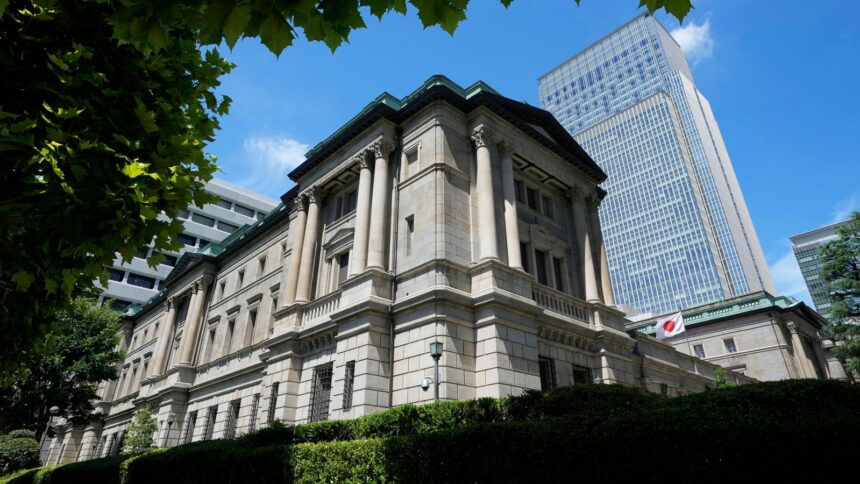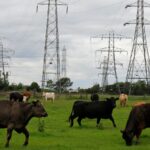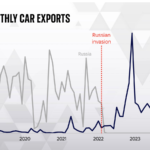Eight years ago, the country’s policymakers decided to impose a negative interest rate of -0.1%. This was after decades of struggle to generate price growth to boost activity.
It was intended to promote consumption over saving, even to the point where banks had to pay to have portion of their reserves parked with the Bank of Japan.
It was the bank’s first interest rate increase in seventeen years when it decided to set a new target rate close to zero.
Healthy pay rises, which have been a focus of efforts to overcome the period of economic depression, have contributed to inflation exceeding the bank’s 2% target even if the country’s economy is still shaky.
Together with other extraordinary measures, the negative interest rate policy had injected cash into the economy and kept borrowing rates low.







